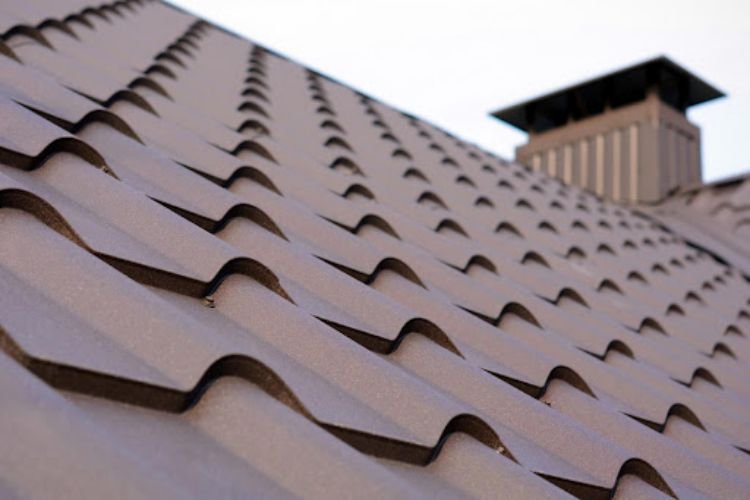 No homeowner wants to think about the lifespan of their roof. However, since roofs are extremely expensive and tedious, knowing the lifespan of a roof is an important thing to keep in mind.
No homeowner wants to think about the lifespan of their roof. However, since roofs are extremely expensive and tedious, knowing the lifespan of a roof is an important thing to keep in mind.
In fact, a lot of homeowners end up deciding to replace their roofs far too early. You need to keep in mind that, much like humans, roofs experience wear and tear over time. Some issues stem from premature replacement, while other factors stem from natural aging.
If you’re looking for help in determining the lifespan of a roof, follow along for the essential information you need. Read on!
Benefits of Replacing Your Roof
Your roof does a lot for your home. It protects you from the weather, helps you keep your home at a comfortable temperature, and uses less energy. Unfortunately, all these benefits come with a price: your roof won’t last forever and will eventually need to be replaced.
Knowing how long a roof usually lasts, what causes it to break down, and why it might be better to replace it can help you take the best care of your roof. On average, roofing materials can last anywhere from 20 to 50 years, depending on the materials used and climate conditions.
Normal wear and tear, as well as severe weather conditions, can reduce this lifespan significantly. Replacing your roof is beneficial as it helps you save money on energy costs, protect your home from the weather, and keep your home’s value high.
It’s a worthwhile investment and can help you save money in the long run.
Determining the Age of Your Roof
When it comes to determining the age of your roof, there are a few important factors to consider. The lifespan of a roof depends on the materials used to construct it – the pitch, slope, and type of material.
In general, asphalt shingle roofs last between 15-30 years, metal roofs can last up to 50 years, and most tile and slate roofs can last for up to 100 years. If the roof has been properly maintained, the life expectancy of the roof may be extended.
Additionally, the location of the property can affect the roof lifespan, as well as the climate and weather in the area. Additionally, if your roof has been damaged or had significant repairs, this can also decrease the lifespan of the roof.
Homeowners should inspect their roofs each year to ensure they are in good condition. Any needed repairs should be performed before the roof reaches the end of its lifespan.
Make sure to look for a reputable professional by searching for roofers near me today!
Common Mistakes to Avoid During Roof Replacement
Avoid ice dams and failing to remove/replace old flashing when replacing a roof. Improper roof installation can damage the home’s structure and shorten its lifespan.
Homeowners could also use high-quality roofing materials and undergo an energy audit to save money.
Learn About the Lifespan of a Roof
Maintaining a roof is an integral part of home ownership. Not only will it keep your home and family safe, but it will also extend the lifespan of a roof.
Make sure to inspect your roof annually, and consider having a professional analyze it regularly in order to get the most out of your roof and keep it looking great!
Keep in mind following these tips can lead to a longer, safer, and more cost-effective lifespan for your roof. Contact your local roofer today to get started!
For more informative articles, check out the rest of our site!




